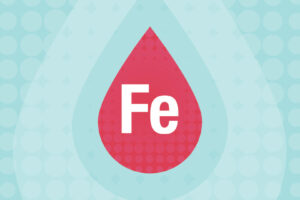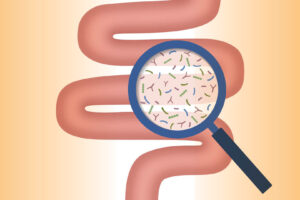Living with chronic knee pain takes a toll on you mentally and physically. It can affect your exercise routine, your work, even your ability to perform everyday tasks like walking up and down stairs and getting in and out of a car.
The five most common causes of knee pain are:
1) Patellofemoral Pain Syndrome or “Runner’s Knee”
Patellofemoral pain syndrome is a medical term used to describe pain in the front of the knee around the patella (kneecap). It is also sometimes called “runner’s knee or “jumper’s knee” because it often occurs in people who participate in sports. It can occur in non-athletes as well. The most common causes are overuse and misalignment of the kneecap.
2) Arthritis
Arthritis is inflammation of one or more of your joints. Osteoarthritis is the most common type of knee arthritis. It typically occurs in those 50 and older and is usually caused by “wear-and-tear.” With osteoarthritis, the cartilage in the knee joint gradually wears away. As it wears down, the protective space between the bones decreases. This can lead to bone rubbing on bone, and produce painful bone spurs.
3) Poor Fitting Footwear
Shoes and sneakers that don’t fit properly can cause a host of problems, including knee pain and injury.
4) Meniscus Tears
Meniscus tears are one of the most common knee injuries. The meniscus is made up of two wedge-shaped pieces of cartilage that act as “shock absorbers” between your thighbone and shinbone. They help cushion the joint to keep it stable. Meniscus tears occur most commonly in athletes playing contact sports, but anyone at any age can tear a meniscus.
5) Knee Ligament Injuries
The ligaments in your knee connect your thigh bone to your lower leg bones—holding the bones together and stabilizing the knee. Knee ligament sprains and tears are a common sports injury and can cause severe pain.
Our orthopedic specialists suggest the following approaches to help relieve knee pain, discomfort and swelling:
1) RICE Therapy
Rest — Take a break from the activity that caused the injury.
Ice — Use cold packs for 20 minutes at a time, several times a day. Do not apply the packs directly on to your skin.
Compression — To reduce swelling and additional blood loss, wear an elastic compression bandage.
Elevation — Recline when you rest with your injured leg higher than your heart. This will help reduce swelling.
2) Physical Therapy
Physical therapists can show you exercises to strengthen your core and lower extremities, which help reduce pressure on your knees and prevent future injuries. Aquatic therapy and walking on an anti-gravity treadmill can also help to rehabilitate an acute knee injury and ongoing chronic pain.
3) Knee Braces
Braces can help stabilize and take pressure off the knee. Also, if you’re overweight, losing even a few pounds by eating right and exercising can help reduce the pressure on your knees.
4) Footwear Modification
Poor fitting footwear—from street shoes to athletic sneakers—can cause knee pain and injury. Make sure your shoes and sneakers fit properly and accommodate your foot type.
5) Anti-Inflammatory Medications
Over-the-counter aspirin or ibuprofen work well, as do analgesic (pain relieving) creams.
6) Injections
Ultrasound technology allows for the precise placement of injectable medications into or around the joint. Cortisone injections help relieve pain and inflammation. Hyaluronic injections help lubricate joints so they can move more freely. Platelet-rich plasma (PRP) and stem-cell injections help relieve pain and heal injuries.
If you can’t put weight on your knees and the pain and swelling are becoming worse, make an appointment with an orthopedic specialist today.





